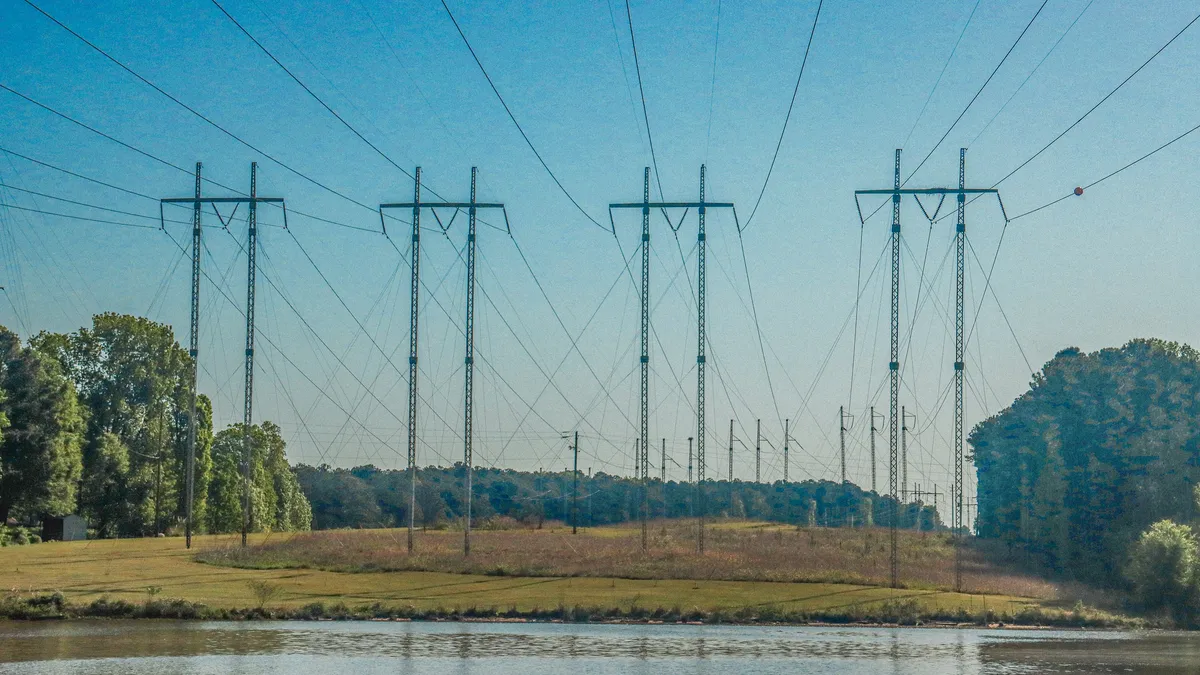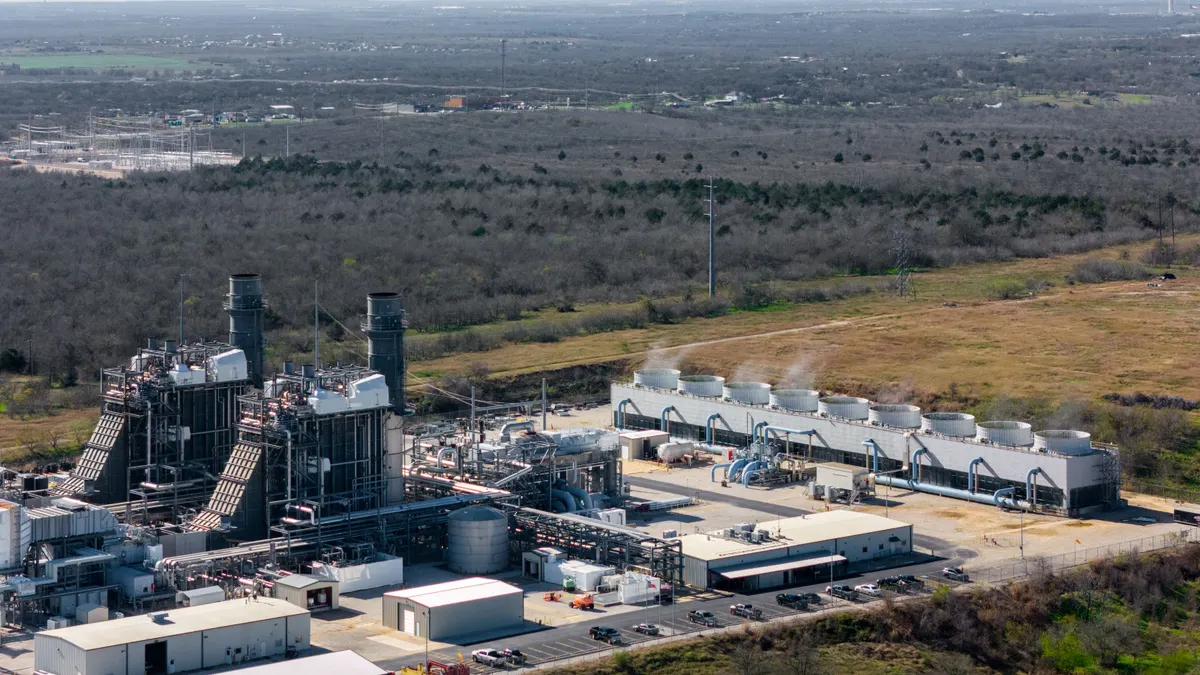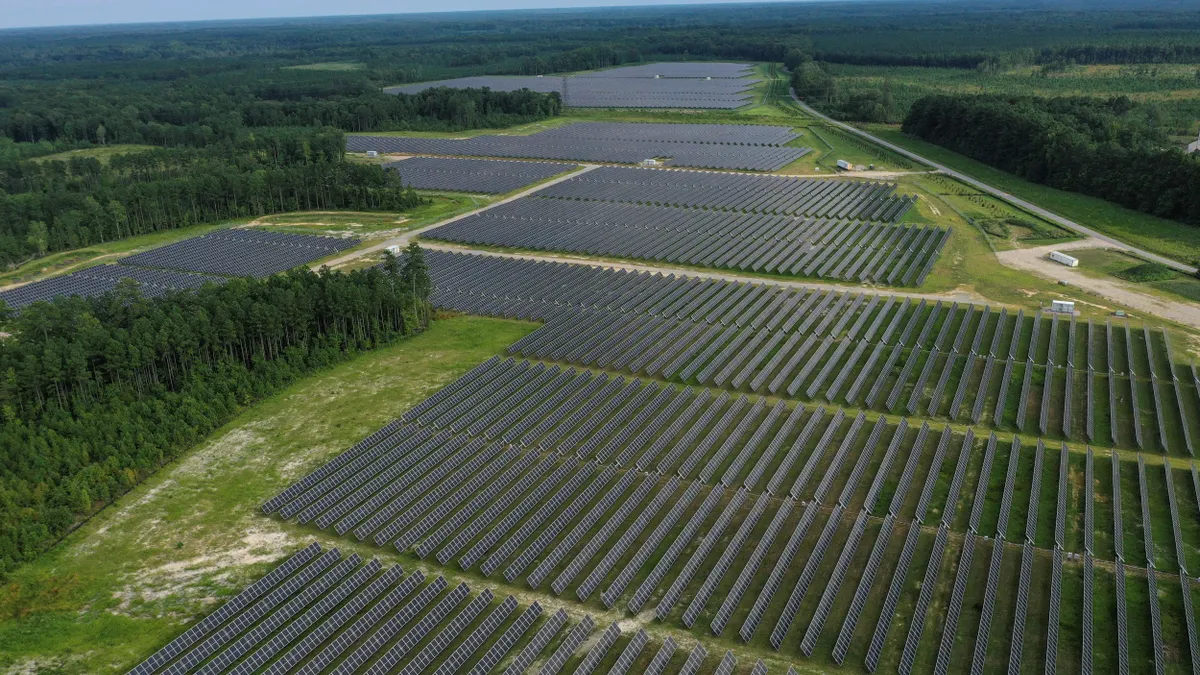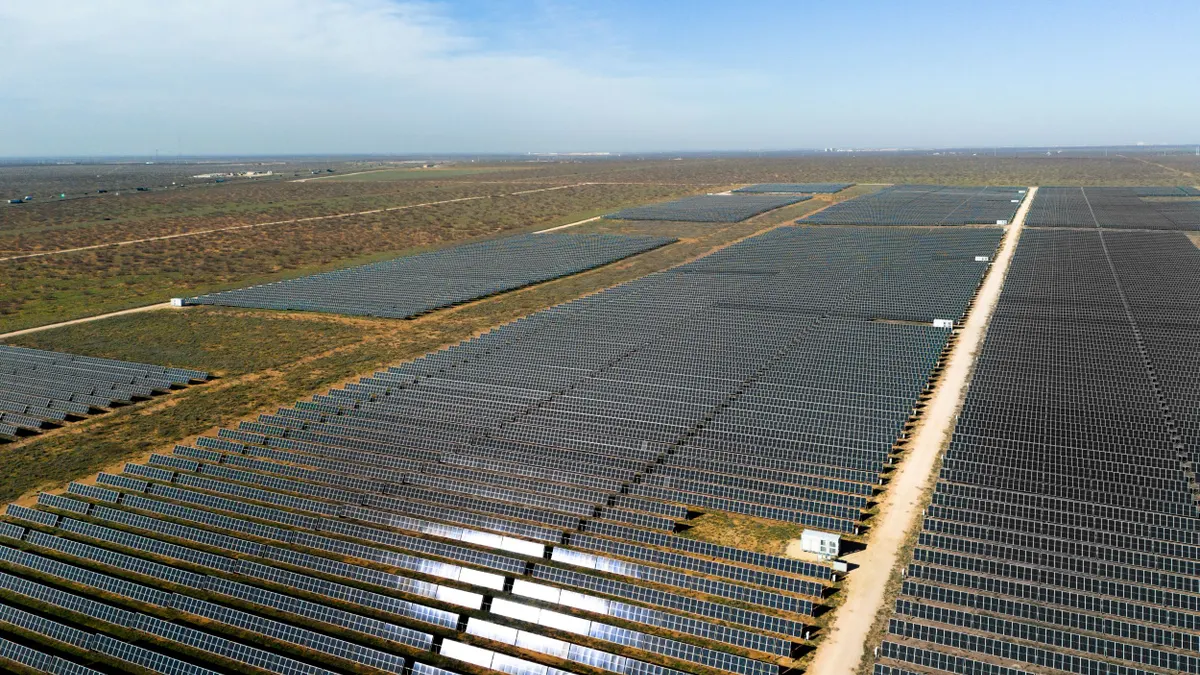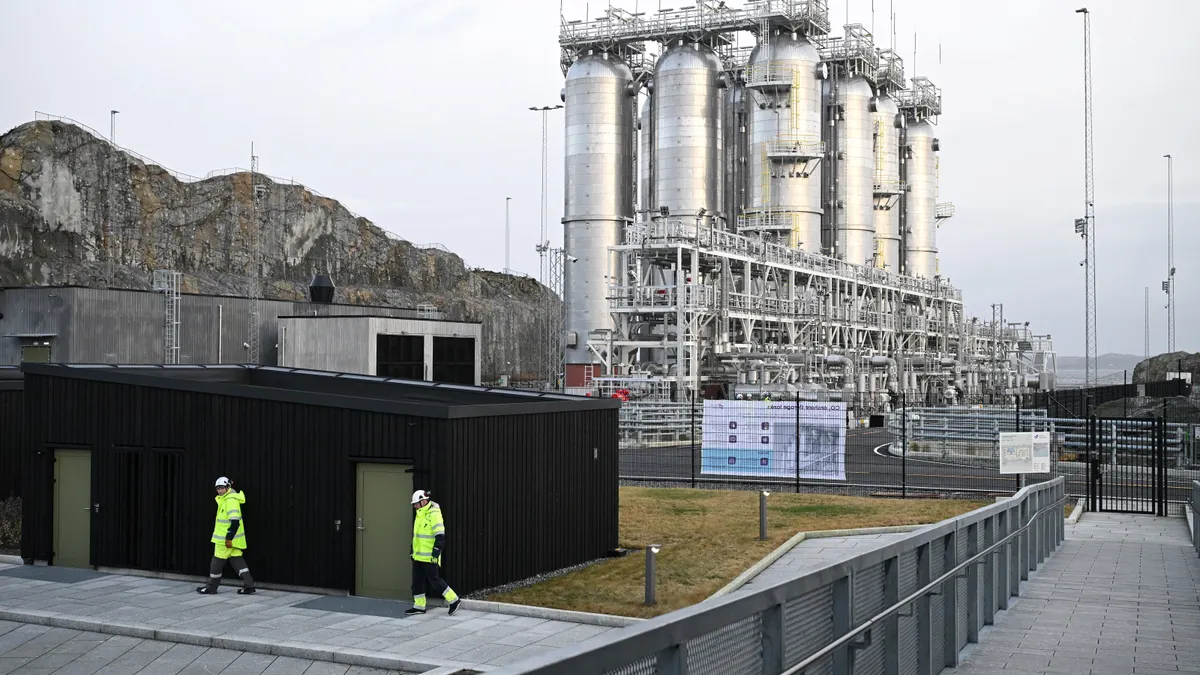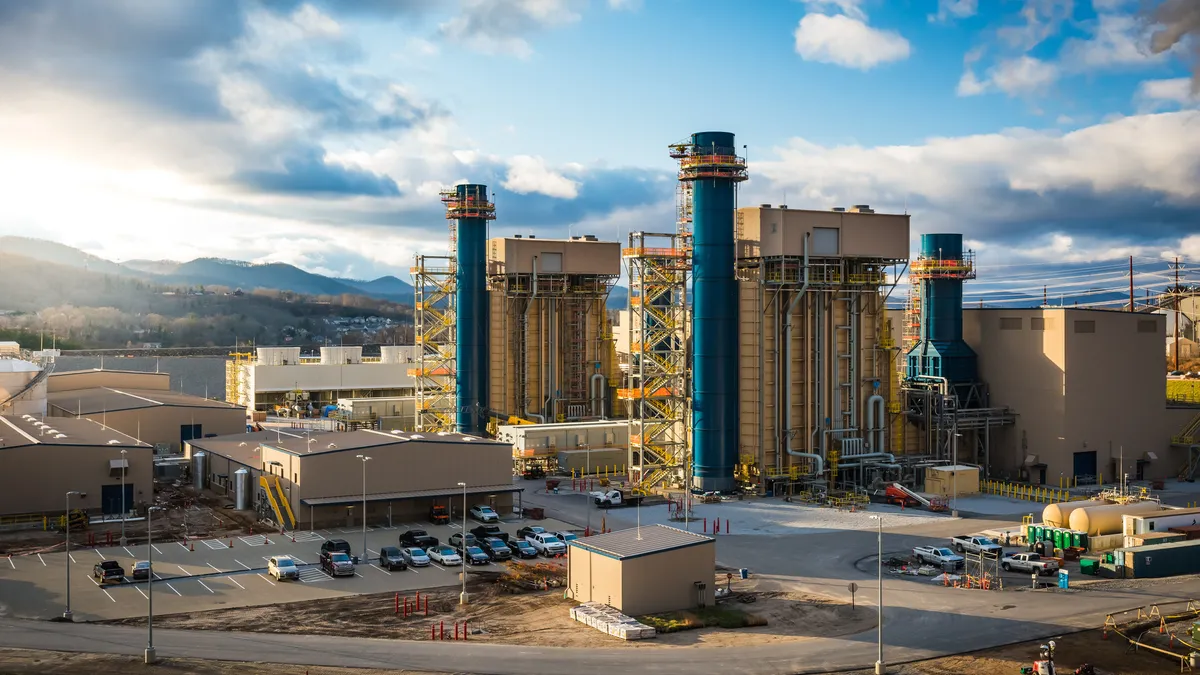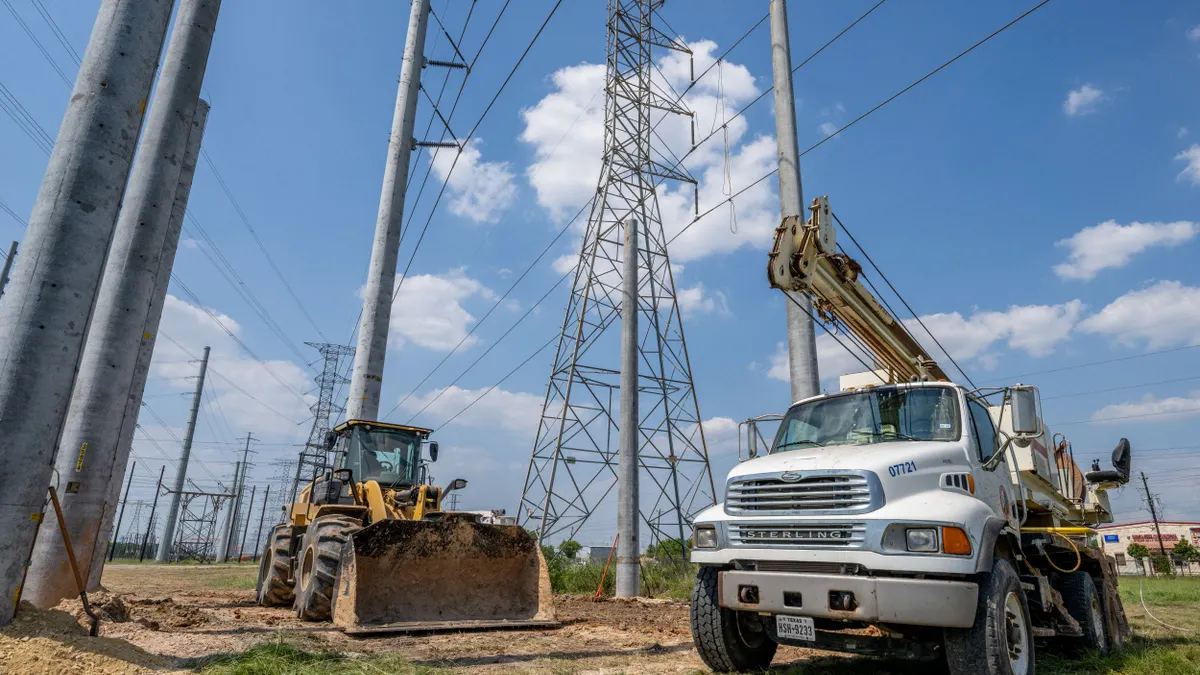Travis Kavulla is vice president of regulatory affairs at NRG Energy and a past president of the National Association of Regulatory Utility Commissioners. Eric Blank is chairman of the Colorado Public Utilities Commission.
Hardly a week goes by in the power sector these days without recriminations arising from a new era of tight supply conditions relative to soaring demand in the power sector. One of the hottest points of contention is the broken process by which new power plants are interconnected to the power grid.
In order to gain grid access, a would-be power plant files an interconnection request to a transmission utility, and, having staked that claim, it takes a place in line — a line that has grown and grown, with years of delay for interconnecting projects to gain access to the grid, with the amount of projects in that line growing in all markets to many multiples of the given market’s total demand.
These Gold Rush rules were appropriate at the origins of the industry’s restructuring when substantial latent capacity in the power grid was being underutilized, or where additional grid capacity could be opened up for only modest incremental cost. The transformational “open access” orders issued by the Federal Energy Regulatory Commission during this era unleashed an era of investment in power generators by standardizing utility transmission tariffs and making it clear that anyone who wanted to make a go of it in the power-generation business could do so. But like most Gold Rushes, this early bonanza that was meant to quickly tap a resource has ended up in a bureaucratic snarl.
The grid today is largely tapped out, yet there are too many stakes in the ground that will never prove out. The messy backlog of the generator interconnection queue that has been left in the wake of this Gold Rush is both a practical barrier that has been difficult to work through and also one that has invited Band-Aid, jump-the-line solutions from regional transmission organizations to bypass the interconnection traffic jam.
The time has come for more seminal reforms. Open access should remain a vital principle of grid regulation.
In a new paper we have written, published by EBA Brief, a publication of the Energy Bar Association, we seek to ensure that the principle survives by reinforcing its foundations. That can be done in at least a couple ways. First, where state regulators continue to engage in integrated resource planning of traditional utilities, they can and should establish a competitive solicitation process that is transparent and independently evaluated, one that is open to all technologies capable of providing the identified need, with strong protections against utility self-dealing.
Some states, like Colorado, already do this. The winners of these solicitations ought to be front of the line for grid access, but unfortunately too often these solicitations’ outcomes are effectively dictated by whoever happened to file a claim to grid access first — regardless of the viability of the supply chain and economics of the underlying project. That’s the tail wagging the dog, but recent reforms, blessed by FERC, for Colorado’s largest transmission provider have begun to allow winners of these competitive solicitation to be fast-tracked for interconnection.
FERC missed an opportunity in adopting the Midcontinent Independent System Operator and Southwest Power Pool’s jump-the-line proposals to establish a clear yardstick for the elevation of projects for interconnection prioritization by tying them to clear state rules for competitive resource solicitations, an approach in keeping with cooperative federalism that would defer to a state resource-acquisition model that is well aligned to FERC’s open access principles. Since the MISO and SPP approaches are professedly limited-time exceptions, we should already be thinking about what replaces it on a fundamental level.
Our model can also be adapted to states that have a measure of restructuring, like California.
Unlike more vertically integrated states, the California ISO contains nearly 100 load-serving entities, and most customers enjoy a choice between at least two of these, while larger customers often have a greater level of choice. When customers take service from one of these firms, that firm then becomes responsible for providing energy, capacity, and signing long-term contracts with new resources in furtherance of the state’s resource adequacy and other policies. It makes sense, then, to allow these load-serving entities to designate the new generators that they enter into long-term contracts with to receive a prioritized spot in line for transmission interconnection. And this is roughly what CAISO has done by allocating voting shares to load-serving entities for the purpose of sorting out its own clogged interconnection queue. It’s a good, if not perfect, step in the right direction of shifting the right to access highly valuable priority interconnection from generators who file first in the queue to customer interests.
Finally, there are going to be some markets that are characterized by an even higher degree of competition, like the PJM Interconnection. The approach above can be extended as far as similar conditions obtain.
Consider a load-serving entity that might sign a long-term deal with a data center; that load-serving entity should be allowed to designate a generator that is its hedge to that deal for priority interconnection, consistent with the customer-centric Colorado and California approaches. That provides more investment certainty as well as additional supply to a tight market. For transactions that are shorter term or may have no obvious tie to generator output, such as the provision of default service to customers who make no active election in provider, the associated rights to interconnect could instead by auctioned off, replacing the Gold Rush with a more market-based approach, while raising revenues that offset the overall transmission revenue requirement.
These solutions are not identical because state regulatory policy is not uniform, but all of them share the theme of putting customer interests at the center of grid interconnection policy, and they all vindicate the legitimate purposes of open access, while acknowledging the industry is a different landscape compared to two or three decades ago.
We recognize that much has been done to try to hasten the interconnection process in recent years. FERC issued Order 2023 to form clusters within the queue to be jointly studied, to impose timelines and penalties, and to increase the available information about grid constraints. PJM has reduced its backlogged queue from over 200,000 MW to 63,000 MW. New AI tools are being applied to expedite the computational work that is the heart of the interconnection study process. Still others are questioning whether the firm deliverability considerations embedded in most interconnection processes are well suited to all resources and all loads.
All this progress is admirable. Yet these approaches all address symptoms that arise from a dubious principle that deserves to be challenged directly: that a scarce resource can efficiently be allocated based on Gold Rush rules prioritizing generator rights based on when they filed in the queue. It cannot, and more foundational reforms are necessary to bring the grid into a new era that puts customer interests first.


